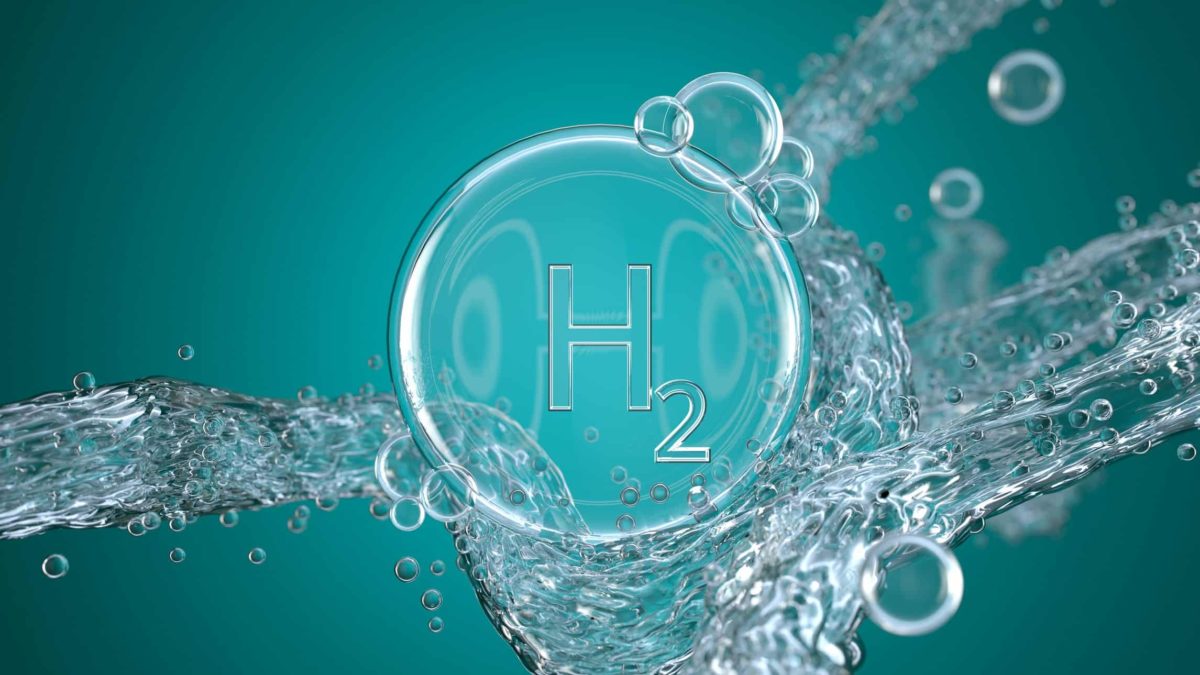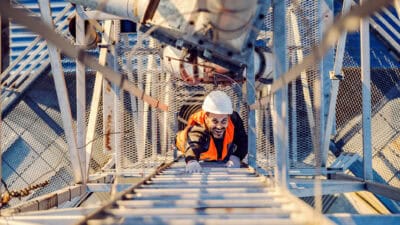The APA Group (ASX: APA) share price is up today after the ASX energy infrastructure business announced some promising news relating to its hydrogen endeavours.
APA currently has a national network of natural gas pipelines around Australia, transporting half of the nation's natural gas usage.
The business has been looking to future-proof itself by considering the possibility of transporting hydrogen through its pipelines. Today's announcement revealed a promising development.
Successful hydrogen experiment
APA announced that its first potential conversion of a gas transmission pipeline to a pure hydrogen service is a "step closer". It successfully completed laboratory testing of Parmelia gas pipeline materials in a pressurised hydrogen environment.
This research is testing the ability of a 43km section of the Parmelia gas pipeline in Western Australia to carry up to 100% hydrogen.
The research, partly funded by the WA Government's renewable hydrogen fund, showed that the existing 43km section of steel transmission pipeline can "technically transport pure or blended hydrogen through the pipeline without reducing the operating pressure."
The main reason for the research is to "understand and quantify the effect of hydrogen on a section of Parmelia gas pipeline material, so the safety and operating efficiency of the pipeline can be adequately assessed."
APA has developed a screening tool for its pipelines that provides a high-level assessment of the pipeline's readiness for hydrogen based on "key pipeline material and operating characteristics."
What could this mean for APA's gas pipeline network?
APA believes that it shows potential for its existing gas transmission pipeline network to "play an important role in connecting hydrogen production hubs to industrial sites across the nation."
APA CEO Adam Watson said in an Australian first, research indicated that it was "technically feasible, safe and efficient to convert the 43km section of the Parmelia Gas Pipeline into a 100% hydrogen service".
Watson said:
APA's 15,000 kilometres of gas pipelines are linked and adjacent to some of Australia's best geographical areas for both blue and green hydrogen production. This research provides us with the knowledge that can be used to assess the potential future role they could play in providing a hydrogen supply service.
For the remainder of APA's pipelines, which consist largely of high strength steel pipelines operating at higher pressure, further research and materials testing will be required to determine if any changes in operating pressure are needed to maintain pipeline integrity whilst transporting hydrogen.
Watson said after the Pipeline Screening Tool was applied, the company would need to undertake "detailed assessment and testing" of each specific asset, as well as customer equipment.
The research can now move onto stage three, which includes "detailed safety studies and conversion plans, ahead of moving to the delivery phase."
Progress with Wesfarmers
APA also gave a small update about its progress with Wesfarmers Ltd (ASX: WES).
A year ago, APA and Wesfarmers chemicals, energy and fertilisers (WesCEF) signed an agreement to undertake a pre-feasibility study to assess the viability of producing and transporting green hydrogen through the Parmelia gas pipeline to WesCEF's production facilities in Kwinana.
APA said the pre-feasibility studies were "promising", with the results demonstrating that the Parmelia gas pipeline study area "likely to be suitable for green hydrogen development. APA and WesCEF are now considering whether to progress to a feasibility study."









